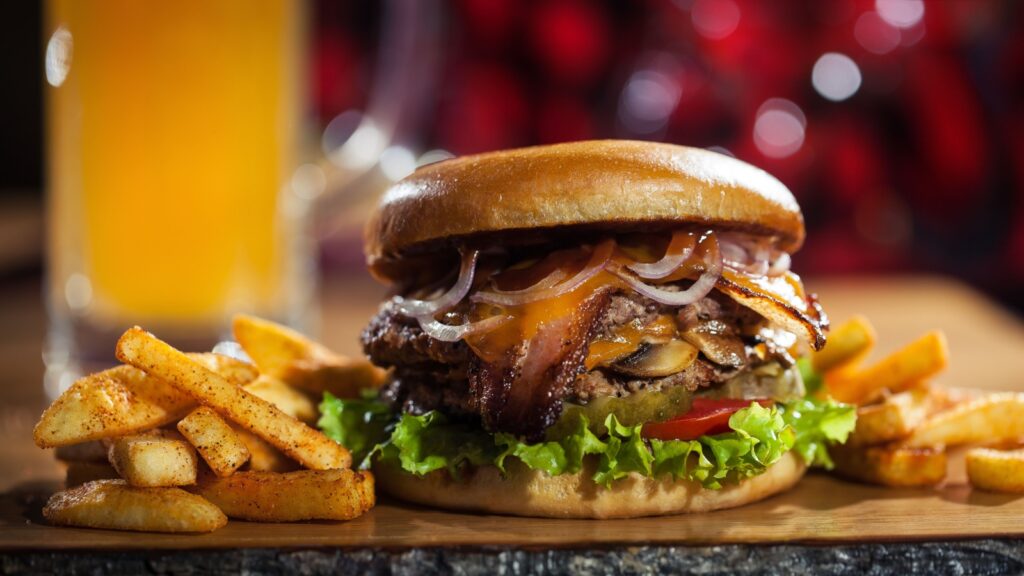Fast food has long been a comfort zone for Canadians on the go, burgers between errands, fries after hockey practice, or coffee breaks that turned into rituals. Yet, many chains that once dotted city corners have since disappeared without fanfare. Some couldn’t keep up with international giants, and others simply lost their flavor in a changing market. Here are 22 Canadian fast-food chains that quietly shut down.
Mother’s Pizza

Mother’s Pizza once ruled Ontario and Atlantic Canada in the 1980s, famous for its red-booth interiors and deep-dish pies. Families loved the cozy, retro vibe and menu filled with baked pasta, thick pizza, and milkshakes. After Pizza Hut and Domino’s expanded aggressively, Mother’s couldn’t compete with faster delivery models and lower prices. Despite a brief revival attempt in 2012, high costs and competition ended it again by 2020. Today, it’s fondly remembered by those who grew up associating its checker-tiled floors with Friday night family dinners and the comforting smell of melting cheese.
Harvey’s Burger Village Locations

While Harvey’s still exists nationally, several smaller “Burger Village” stand-alone outlets vanished quietly. These experimental locations tested sit-down service and expanded menus but struggled with consistency. Launched to compete with casual-dining spots like Five Guys, the higher prices didn’t resonate with Harvey’s loyal budget audience. By the mid-2010s, the company reverted to its traditional model, shutting down its more ambitious restaurants. These short-lived outlets serve as a reminder that not every Canadian chain needs to reinvent itself to survive; sometimes, sticking to the classic “a burger made your way” formula works best.
Lick’s Homeburgers

Lick’s was once a household name in Ontario, known for its loud “Homeburger! Homeburger!” chants and customizable patties. Founded in the 1980s, it grew quickly, combining diner charm with quirky branding. However, by the 2010s, rising costs and competition from gourmet burger chains like The Works made its model unsustainable. The fun atmosphere faded as locations closed one by one. The brand’s packaged frozen burgers briefly lived on in grocery stores, but even that ended by 2017. Lick’s remains a piece of Canadian burger nostalgia, a loud, unapologetically fun era of fast food gone quiet.
Mr. Sub Urban Outlets
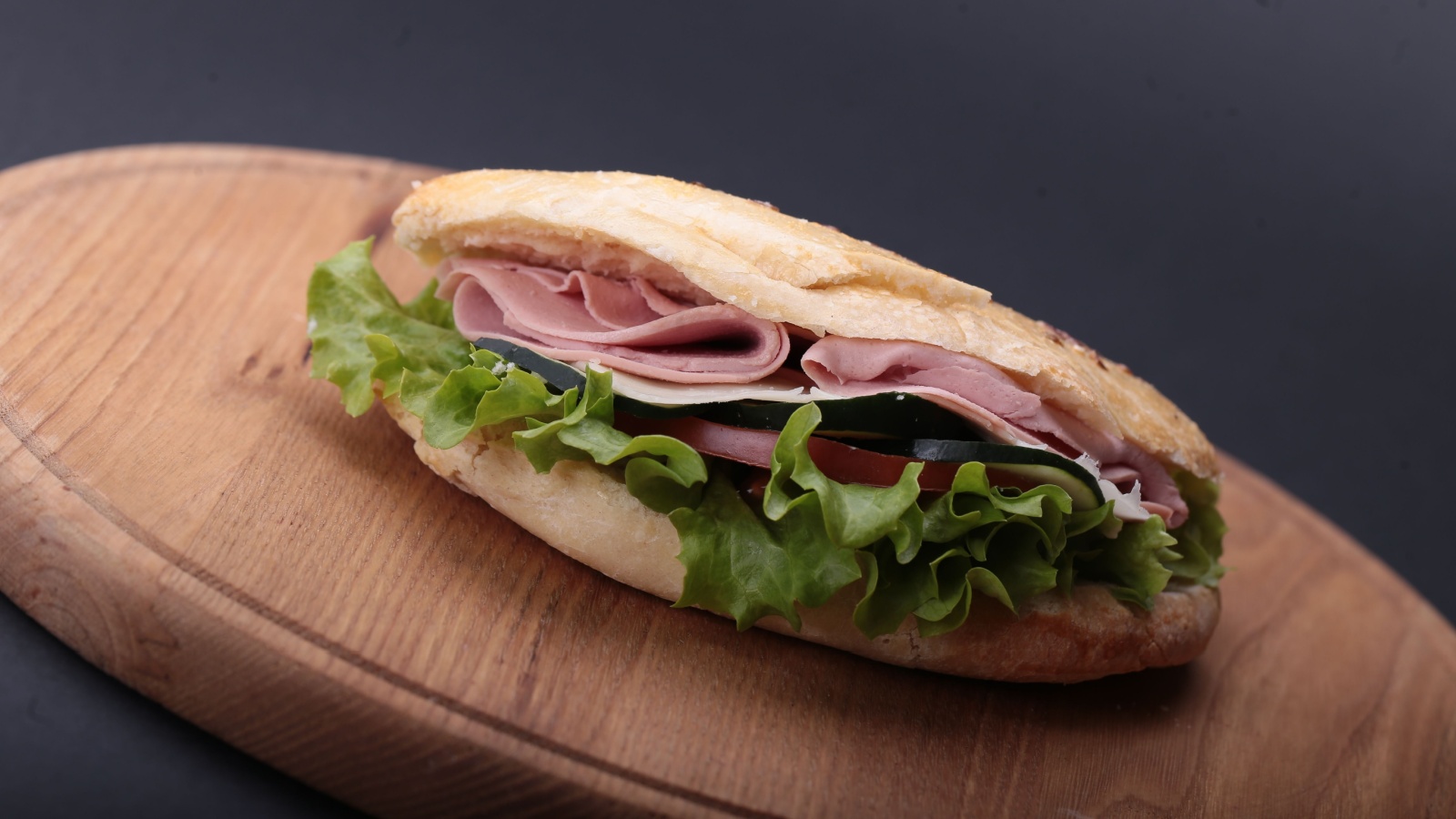
Mr. Sub still exists, but many smaller, independent suburban and rural franchises closed in the 2010s. Founded in Toronto in 1968, it once rivaled Subway with its fresh ingredients and “Canadian-first” branding. However, Subway’s global expansion and aggressive discounting forced weaker Mr. Sub outlets to close. The brand couldn’t maintain profitability in smaller markets. While it remains present in major cities, the once-widespread suburban Mr. Sub locations, often beside gas stations or in small plazas, are now part of fast-food history, representing the struggle of local franchises against multinational marketing power.
Robin’s Donuts
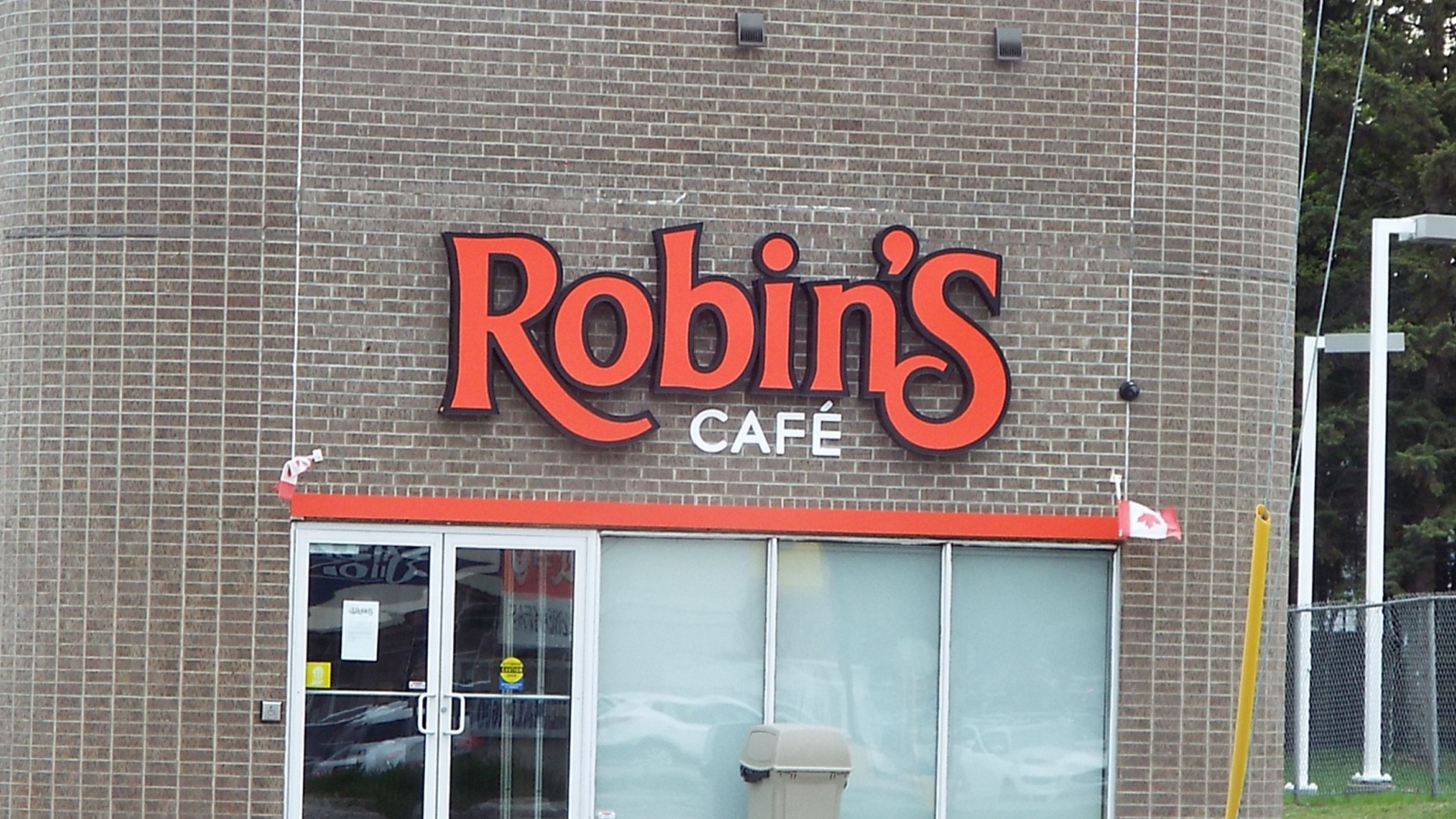
Robin’s Donuts was once Tim Hortons’ closest rival, offering fresh donuts, sandwiches, and a laid-back café vibe. Founded in 1975 in Thunder Bay, it spread across Canada by the 1990s. However, rapid Tim Hortons expansion and corporate restructuring left Robin struggling. By the late 2000s, hundreds of outlets had closed or rebranded. While a handful still operate under franchise agreements, most Canadians haven’t seen a Robin’s in years. The chain’s decline reflects how one national giant can completely overshadow regional competitors, no matter how loyal their fan base once was.
Ponderosa Steakhouse

Ponderosa was a hybrid between fast food and family dining, offering affordable steak, baked potatoes, and buffet sides. It entered Canada in the 1970s and was particularly popular in Ontario and Alberta. As dining trends shifted toward faster formats and health-conscious menus, the brand couldn’t keep up. Combined with poor franchise support, most locations closed by the early 2000s. Its signature low-cost steak dinners and nostalgic salad bars are remembered by families who grew up dining there after road trips or Sunday outings, marking a simpler time in casual dining.
Casey’s Grill and Bar

Casey’s began as a casual, fast-food-adjacent restaurant chain under the same parent company as East Side Mario’s. Known for its burgers, wings, and beer specials, it became a go-to for young adults and families in the 1990s. However, competition from chains like Boston Pizza and The Keg made it difficult to sustain its mid-range model. By 2017, the remaining locations were rebranded or shut down. Casey’s was a staple of Canadian suburban nightlife, casual enough for a quick bite but polished enough for a night out, until changing tastes ended its run.
Hot Dog on a Stick Canada
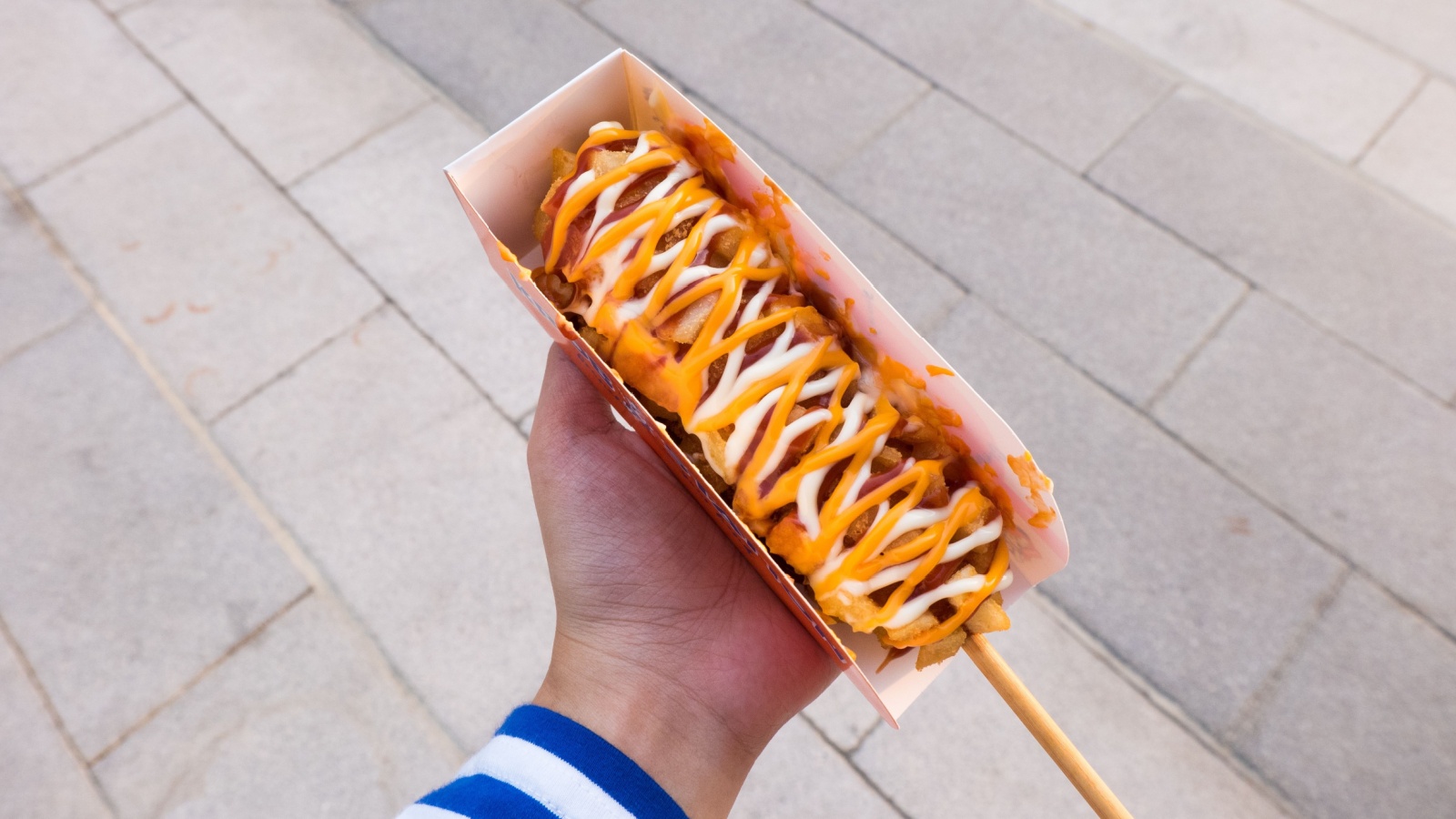
Hot Dog on a Stick, an American import, had a brief but notable Canadian presence in mall food courts during the late 1990s. Known for its colorful uniforms and freshly battered corn dogs, it drew crowds in busy urban malls. However, rising rents, declining mall traffic, and the rise of gourmet street food vendors made the concept less viable. By the early 2010s, all Canadian locations had disappeared. It serves as a symbol of how even fun, novelty fast-food experiences couldn’t withstand the decline of the traditional shopping mall.
Dairy Queen Brazier Grill
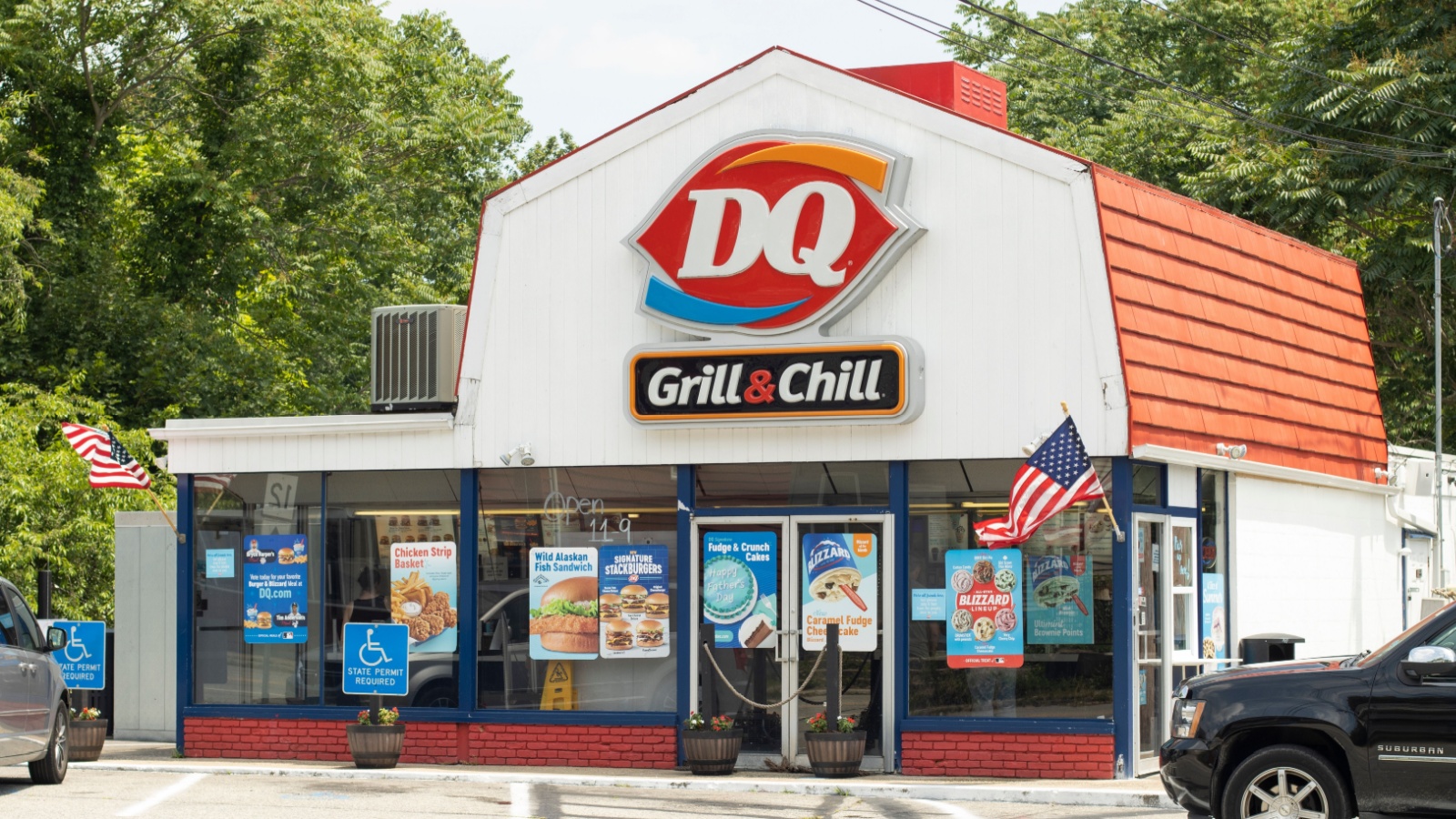
Dairy Queen still thrives, but its “Brazier” model, a sub-brand serving burgers, hot dogs, and fries, has mostly vanished. These grill-style DQs were common in small towns across Canada through the 1980s and 1990s. As franchise costs rose and corporate focus shifted to frozen treats, many Brazier locations couldn’t justify food-equipment upgrades. The simplified ice-cream-only model became dominant. Though Dairy Queen remains popular, the Brazier’s classic burgers and orange décor are now nostalgic memories for Canadians who remember it as a local burger stop before it became purely a dessert brand.
Bonanza Restaurant

Bonanza brought affordable steak and buffet dining to Canadian families in the 1970s and 1980s. The brand’s appeal lay in its simple value proposition: pay one price for a hearty meal and endless sides. As dining habits evolved, Canadians began favoring faster, fresher options. The chain’s outdated interiors and inconsistent quality didn’t help. By the 2000s, nearly all Bonanza locations had shut down, though a few American ones survived. For many, Bonanza represented the family buffet era, simple, friendly, and comforting, but ultimately left behind by the new generation of fast-casual dining.
Second Cup Express

Second Cup remains a Canadian coffee icon, but its “Express” fast-service outlets didn’t last long. These small units were designed for quick commuter service in transit hubs and office towers. However, as Tim Hortons and Starbucks dominated those spaces, Second Cup Express struggled with visibility and cost. Many locations closed quietly by the mid-2010s. It illustrates how even established brands can falter when stretching beyond their strengths. While the main brand remains, the short-lived Express concept shows that not every idea fits in the fast-food format.
Burgers Etc.

Burgers Etc. was a small Ontario-based chain known for fresh ingredients and generous portions. It positioned itself as a quality-driven alternative to McDonald’s without premium pricing. However, operational costs and limited brand recognition hindered growth. The chain couldn’t compete with the marketing budgets of national giants or the niche appeal of gourmet burger joints. By the late 2000s, most locations had closed. Its short lifespan highlights how even strong local concepts struggle without scale, particularly in Canada’s competitive quick-service landscape dominated by multinational players.
Pizza Delight

Founded in Atlantic Canada in 1968, Pizza Delight became a beloved regional favourite offering oven-baked pizzas and garlic cheese fingers. While it thrived for decades, the 2010s brought declining sales and franchise consolidation. Competing against chains like Boston Pizza and Pizza Hut, smaller franchise owners faced slim margins. Many closed or converted into independent restaurants. Though some remain in the Maritimes, the brand’s national presence has nearly vanished. Pizza Delight’s quiet fade reflects how regional chains often can’t sustain momentum when larger, more aggressive competitors expand across their core markets.
Chicken Chalet

Chicken Chalet served hearty fried chicken meals across Ontario and Quebec through the 1980s. It was known for its home-style seasoning and family combos that rivalled KFC’s buckets. Unfortunately, without strong national marketing or modernization, it couldn’t expand beyond regional appeal. As KFC and Mary Brown’s grew, Chicken Chalet lost visibility and closed its last locations by the early 2000s. Fans still recall its generous portions and distinct flavor, but its disappearance illustrates how tough the fried-chicken market has always been for smaller Canadian chains.
Croissant Tree

Croissant Tree flourished briefly in the 1990s with cafés that offered sandwiches, pastries, and coffee in shopping centres. It predated today’s café culture but couldn’t evolve fast enough once Starbucks arrived. Its menu was simple yet pricey, and franchise costs became unsustainable as mall foot traffic declined. By the mid-2000s, it had quietly disappeared. The Croissant Tree’s fall highlights how timing matters, had it launched a decade later, it might have ridden the artisanal bakery wave. Instead, it became a charming footnote in Canada’s café-fast-food history.
Taco Time (Eastern Canada)

While Taco Time still operates in Western Canada, its Eastern presence collapsed almost entirely. Expansion eastward in the 1990s failed due to unfamiliarity with Tex-Mex food and heavy competition from Taco Bell. The brand’s slower service model also didn’t align with fast-food expectations in urban markets. By the 2010s, most Ontario and Quebec franchises had closed. Western Canadians continue to enjoy it, but the chain’s disappearance in the east underscores how regional tastes and cultural familiarity often decide whether a fast-food brand thrives or fizzles out.
Coffee Time

Coffee Time was once a strong Ontario coffee chain, known for its cheap prices and 24-hour service. Founded in 1982, it reached over 300 locations at its peak. However, poor franchise oversight, inconsistent product quality, and the rise of Tim Hortons eroded its reputation. Many outlets became rundown, and franchisees left. By the late 2010s, most Coffee Time stores had closed or rebranded. It remains a cautionary tale of overexpansion without quality control, a once-beloved late-night stop that couldn’t keep up with the competition’s modernization.
Don Cherry’s Sports Grill

Named after the famous hockey commentator, Don Cherry’s Sports Grill mixed pub food with fast-casual dining. It became popular in smaller Canadian cities in the 1990s, often located near arenas or hotels. However, inconsistent management and limited marketing led to gradual closures. By 2020, only a handful remained, and most have since shut down. The brand couldn’t transition into the modern sports-bar era dominated by chain concepts like Boston Pizza. Still, it remains part of Canadian pop-culture dining history, linking hockey fandom with fast, comfort food.
Manchu Wok Mall Units

Manchu Wok still exists, but its presence has sharply declined in malls, especially after the pandemic. Once the go-to for fast Chinese-Canadian dishes like honey garlic chicken and fried rice, it suffered from the decline of mall food courts and changing consumer preferences. Many franchisees closed due to low traffic and rising costs. While the brand survives in select airports and outlets, the golden era of Manchu Wok trays and combo deals is largely over. It’s a casualty of the broader retail-space transformation across the country.
Arby’s Canada (Most Locations)
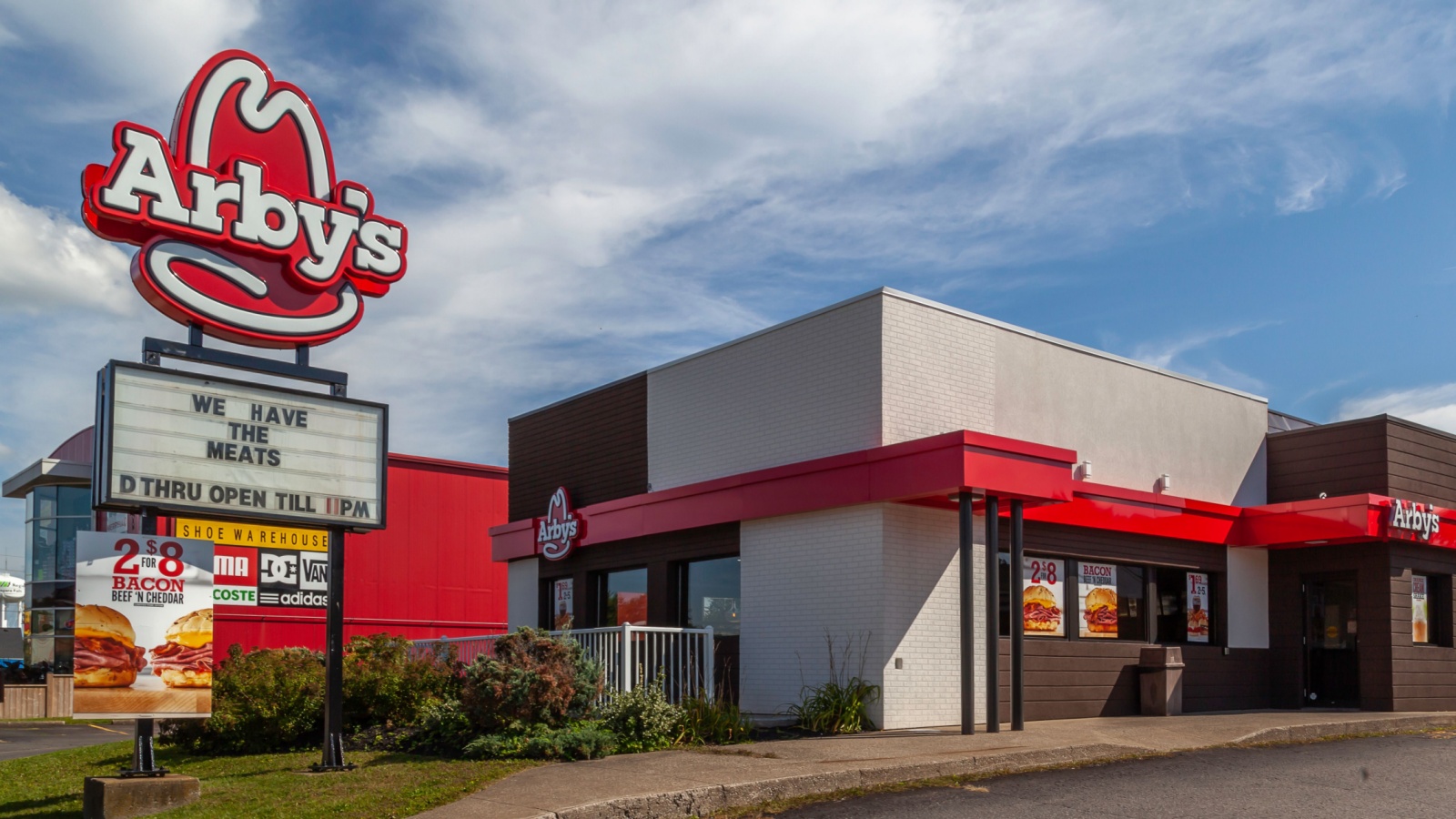
Arby’s struggled to gain long-term traction in Canada despite several relaunch attempts. While roast beef sandwiches appealed to some, high prices and limited menu localization hurt the brand. Many locations closed quietly by the mid-2010s. A few outlets remain, but most Canadians now associate Arby’s more with U.S. advertising than actual presence. Its struggle shows that brand familiarity doesn’t always translate to sustained success, especially when portion sizes and prices don’t align with local fast-food expectations.
New York Fries Standalone Stores
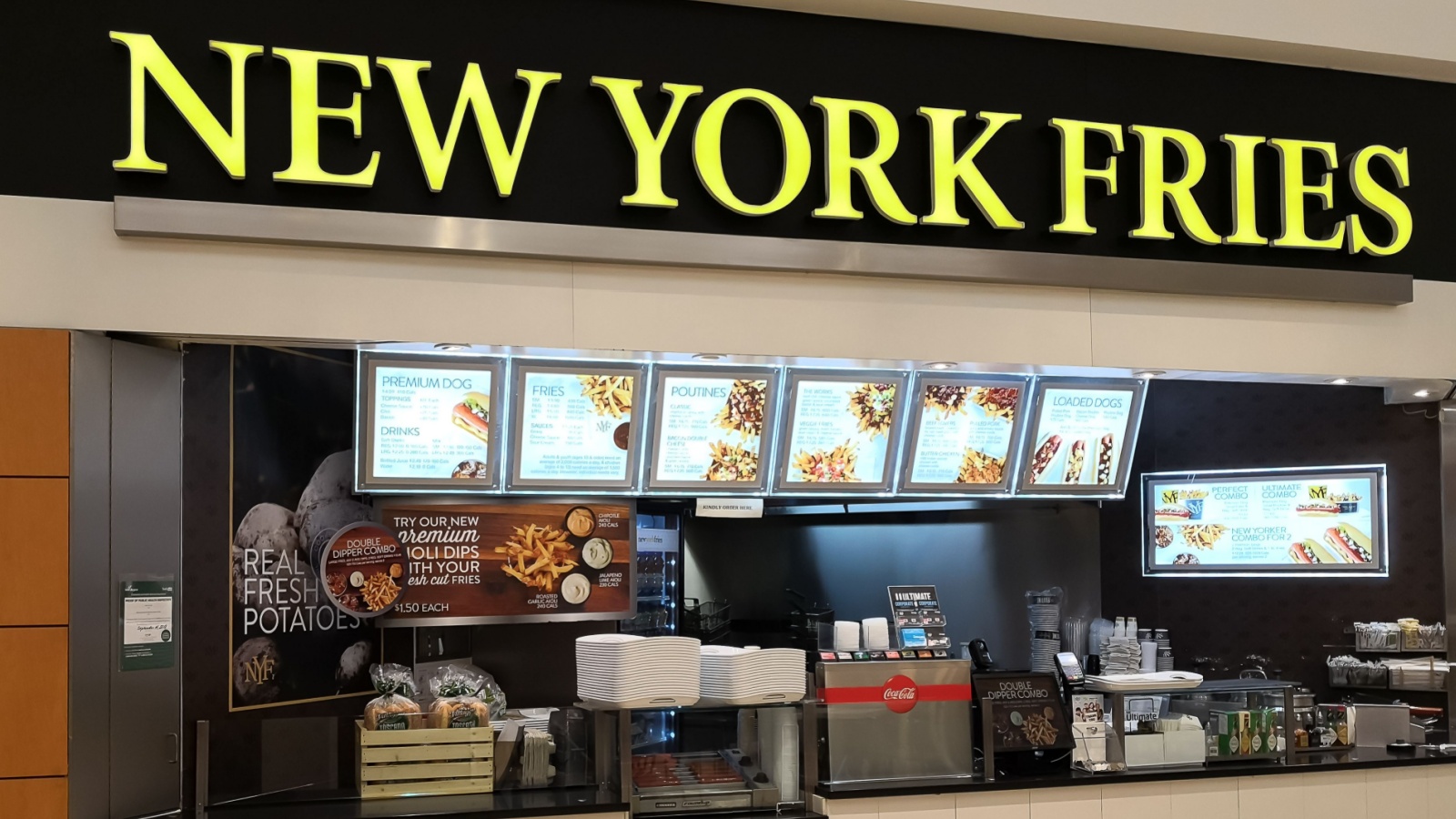
New York Fries remains a mall staple, but its standalone restaurants, featuring expanded poutine and burger menus, faded away. The concept aimed to transform a snack brand into a full fast-food experience, but never caught on. Canadians preferred grabbing fries as a side, not a main meal. By the 2010s, these standalone stores closed quietly. The core brand endures thanks to mall and cinema locations, yet its failed restaurant expansion highlights how not every beloved snack can scale into a full dining concept.
Wimpy’s Drive-Ins

Before Wimpy’s Diner, there were Wimpy’s Drive-Ins, a simpler, fast-food predecessor offering burgers, fries, and milkshakes. Popular during the 1960s and 1970s, they reflected the car-hop culture of the era. As consumer habits shifted and full-service diners became more appealing, the drive-in format was phased out. The name lived on in the newer Wimpy’s Diner chain, but the original fast-food identity disappeared quietly. Those old-school drive-ins now exist only in photos and the collective nostalgia of Canadians who remember cruising up for a burger under neon lights.
21 Products Canadians Should Stockpile Before Tariffs Hit

If trade tensions escalate between Canada and the U.S., everyday essentials can suddenly disappear or skyrocket in price. Products like pantry basics and tech must-haves that depend on are deeply tied to cross-border supply chains and are likely to face various kinds of disruptions
21 Products Canadians Should Stockpile Before Tariffs Hit
